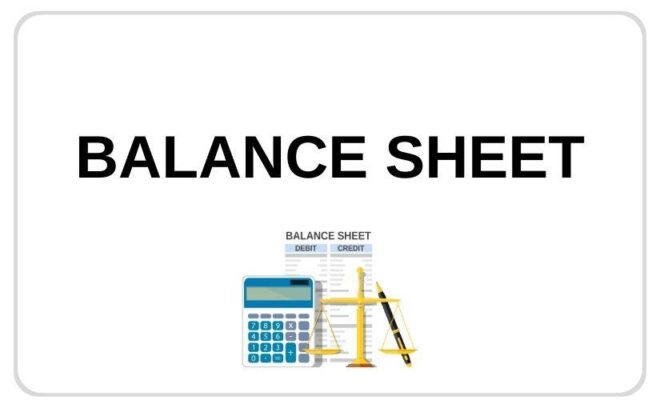![]()
Balance Sheet for Fashion Brand’s
Ensuring accurate financial representation in the Balance Sheet for Fashion Brand’s is essential for maintaining transparency, meeting legal requirements, and making informed financial decisions.
Here’s how to achieve that:
1. Thorough Documentation and Recording:
Ensure that all financial transactions, including income, expenses, and liabilities, are meticulously recorded and supported by proper documentation. This includes invoices, receipts, contracts, and bank statements. Accurate documentation forms the foundation of an accurate balance sheet.
2. Separation of Accounts:
Keep personal and business accounts separate. Mixing personal and business finances can lead to inaccuracies in financial reporting. Maintain dedicated accounts for the law firm’s income and expenses to avoid confusion.
3. Categorization and Classification:
Properly categorize and classify transactions. Use consistent and relevant account categories to organize financial data. This makes it easier to compile the data into the correct sections of the balance sheet, such as assets, liabilities, and equity.
4. Reconciliation of Bank Statements:
Regularly reconcile bank statements with the firm’s financial records. This helps identify any discrepancies or missing transactions, ensuring that the balance sheet accurately reflects the firm’s financial position.
5. Accrual Accounting:
Consider using accrual accounting, which records transactions when they occur rather than when the money changes hands. This method provides a more accurate representation of the firm’s financial health, especially for long-term projects or commitments.
6. Asset Valuation:
Accurately value assets based on their current market or fair value. Avoid overestimating or underestimating asset values, as this directly impacts the balance sheet’s accuracy.
7. Liability Assessment:
Assess and accurately record all liabilities, including debts, obligations, and outstanding payments. This ensures that the firm’s obligations are properly reflected in the balance sheet.
8. Equity Calculation:
Calculate equity by subtracting liabilities from assets. Make sure that all capital contributions, withdrawals, and retained earnings are accurately accounted for.
9. Regular Reconciliation with Other Financial Statements:
Ensure that the balance sheet aligns with other financial statements, such as the income statement and cash flow statement. Discrepancies among these statements can signal errors in financial reporting.
10. Internal and External Reviews:
Conduct internal reviews of the balance sheet draft before finalizing it. Additionally, consider involving a financial professional or accountant for an external review. Fresh perspectives can catch inaccuracies that might have been overlooked.
By following these steps, you can enhance the accuracy of the balance sheet draft for your law firm, providing stakeholders with reliable financial information for decision-making and compliance.
To visit: https://www.mca.gov.in/

For further details access our website: https://vibrantfinserv.com